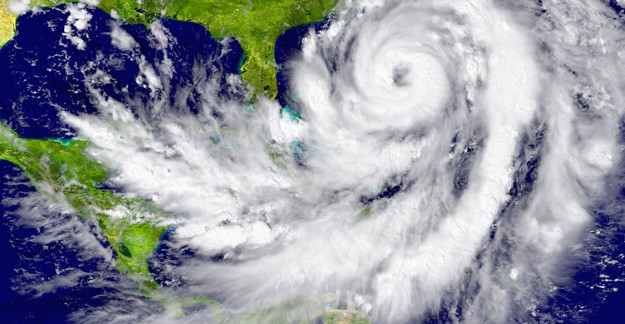As individuals and businesses begin the difficult clean-up and rebuilding process in the aftermath of Hurricane Harvey, many companies are asking what they can do to assist their impacted employees. In many instances, employees are looking for up-to-date information and answers to their questions after a frustrating hours-long online search leads only to conflicting answers. In order to assist you in responding to employee inquiries, Reed Smith has created a Harvey Relief Resources Guide to use as a quick reference in directing you and your employees in the recovery process.

Individuals impacted by Hurricane Harvey will generally have claims relating to flooding of their homes and/or automobiles. For homes, the entire floor of flooding must be cleared of impacted carpet/flooring, cabinets, dry wall up several feet, appliances, and personal property. Construction to repair flooded homes is expected to take 5-12 months and individuals will need to obtain temporary housing for a prolonged period of time.
Auto Insurance
Estimates are that between 500,000 and 1,000,000 automobiles in Texas were damaged by flooding from Hurricane Harvey.
Automobile damage from flooding is generally covered under the Comprehensive coverage portion of the policy. Individuals should obtain a complete copy of their automobile insurance and submit a claim to their automobile insurer.
Flood Insurance
Estimates are that about 200,000 homes were flooded and 13,500 homes completely destroyed by Hurricane Harvey. Unfortunately, only 20% of impacted homes may have flood coverage.
Individuals with flood insurance under the National Flood Insurance Program (NFIP) should file a claim through their insurer. NFIP policies are often managed by an individual’s regular home insurer. The form policy generally covers up to $250,000 to repair/replace real property and $100,000 to repair/replace personal property. Usually, an advance of $5,000 to $10,000 is available, if needed, and homeowners need to follow NFIP guidelines to avoid mold (which is not covered).
Download the PDF below to learn more!
Client Alert 2017-211
